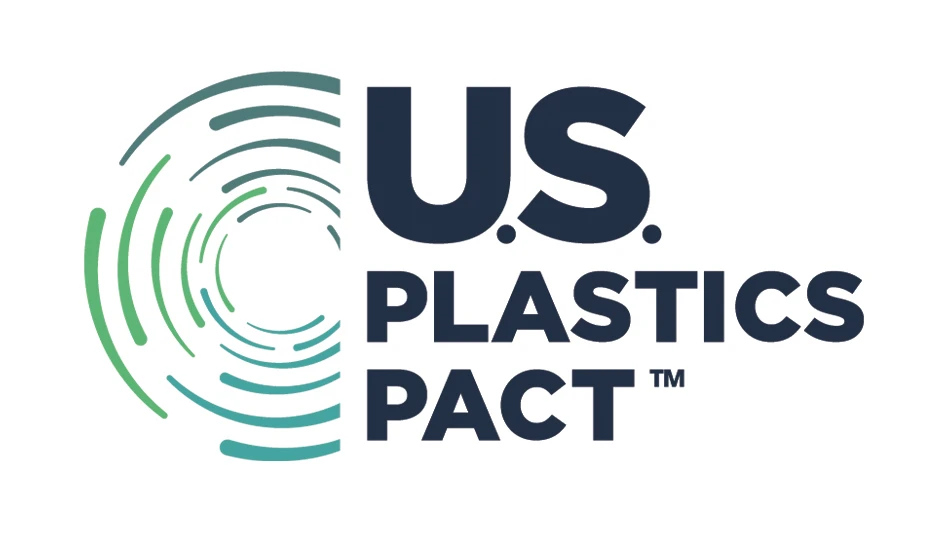After a January price drop, a combination of lower scale prices and widespread nasty weather helped keep the price of obsolete scrap stable in the February buying period. U.S. mills, however, could buy prime grades for some $20 per ton less in February compared with January and for nearly $50 less than what they paid at the end of 2018.
Sellers and buyers of ferrous scrap will enter spring gauging a domestic steel industry that appears healthy (and profitable), but they also will be keeping an eye out for factors that could alter the domestic and global demand scenario.
A number of steel and scrap industry earnings reports released in February and late January portrayed good circumstances for steelmakers, often accompanied by capacity expansion announcements.
Charlotte, North Carolina-based Nucor Corp., the nation’s largest electric arc furnace (EAF) steelmaker, reported record net earnings of more than $2.3 billion in 2018.
"We believe the market dynamics are in place for domestic steel consumption to continue to increase this year.” – Mark Millett, CEO, Steel Dynamics Inc.
Buoyed by what it calls “a positive outlook on
Fellow EAF producer Steel Dynamics Inc. (SDI), Fort Wayne, Indiana, reported net income of $1.3 billion, with its CEO Mark Millett stating, “We believe the market dynamics are in place for domestic steel consumption to continue to increase this year.”
SDI’s most recent expansion plans involve building an EAF flat-rolled mill in the southwestern U.S. The company says the 3-million-
Pittsburgh-based United States Steel Corp. and global producer ArcelorMittal (which operates three integrated steelmaking complexes and two EAFs in the U.S.) reported profits in 2018, with U.S. Steel also pointing to expansion plans.
In mid-February, U.S. Steel announced it intends to restart construction of an EAF steelmaking facility at its Tubular Operations in Fairfield, Alabama. The $215 million investment will yield an EAF with an annual capacity of 1.6 million tons.

Before any of this new capacity comes online, recyclers and business owners of all other stripes must see how several quarters of upcoming economic activity shake out.
The same earnings report season that broadcast wide profit margins for steelmakers yielded more modest results for metals recyclers.
Sims Metal Management and Schnitzer Steel Industries pointed to the nonferrous recycling side of their operations as restraining their profitability.
Rye, New York-based Sims cited reduced sales to China as having affected the sales price of and margins for

Tamara Lundgren, CEO of Portland, Oregon-based Schnitzer, also cited “challenging market conditions” that affected selling prices for its nonferrous products as a factor narrowing profits in its fiscal quarter ending Nov. 30, 2018.
She added, “The ferrous and nonferrous export markets have been adversely impacted over the past six months by uncertainty surrounding tariff and nontariff barriers, regulatory changes in China and expectations of slower economic growth, all of which led to lower prices.”
The U.S. steel sector, on the other hand, has hit the right notes in terms of capacity utilization as of early 2019.
The American Iron and Steel Institute (AISI), Washington, says year-to-date production through Feb. 9 was 10.85 million tons, at a mill capacity rate of 80.6 percent. The output figure is up by 9.3 percent from the 9.9 million tons produced during the same period last year. In those first six weeks of 2018, the mill capacity utilization rate was 75.7 percent.
The tariffs Lundgren mentioned remain a point of contention in U.S. business circles. Metals producers see protection that is giving them the confidence to invest in expansion. Some recyclers fear overseas selling opportunities withering.
In mid-February, however, Fastmarkets AMM reported increased purchases of U.S. ferrous scrap by Turkish mills, leading to a $36 per ton rise in its East Coast export price index figure.
West Coast exports, which had not dipped as low as the East Coast price, gained $9 per ton.
Despite global trade tension, if the rest of the world joins U.S. mills in needing a steady supply of ferrous scrap, recyclers might be adjusting their scale prices to prepare for a busy spring and summer

Explore the March 2019 Issue
Check out more from this issue and find your next story to read.
Latest from Recycling Today
- British Steel mill subject of UK government intervention
- NRC seeks speakers for October event
- LME identifies Hong Kong warehouses
- Greenville, Mississippi, launches aluminum can recycling program
- Cotton Lives On kicks off 2025 recycling activities
- Georgia-Pacific names president of corrugated business
- Sev.en Global Investments completes acquisitions of Celsa Steel UK, Celsa Nordic
- Wisconsin Aluminum Foundry is a finalist for US manufacturing leadership award







